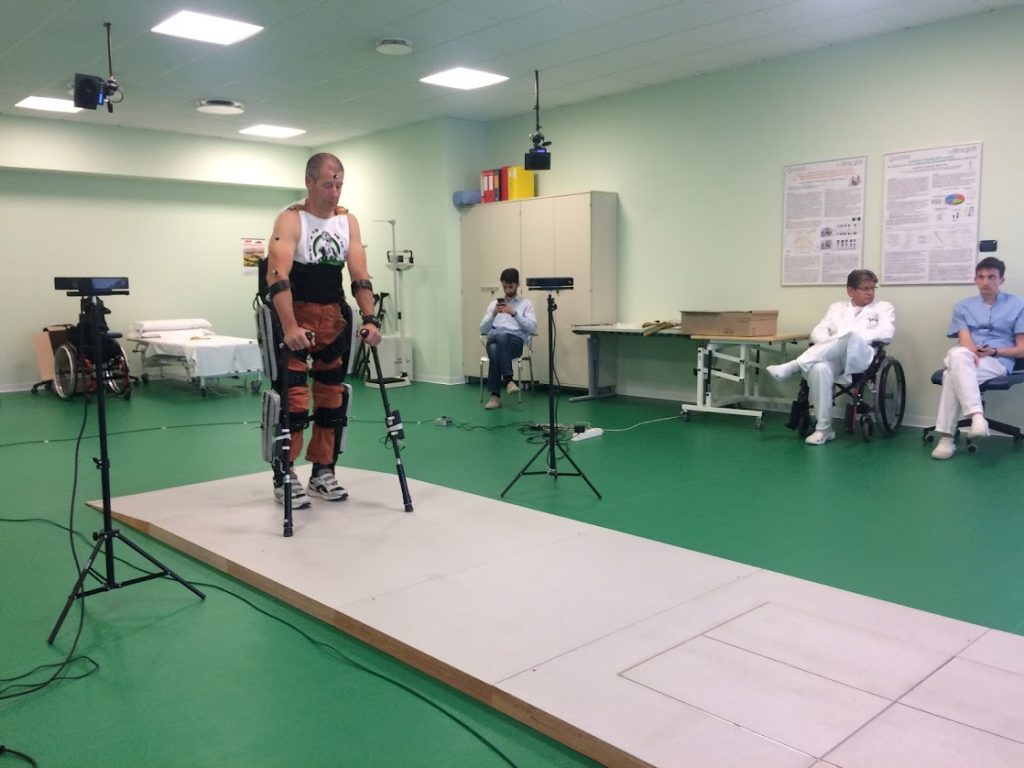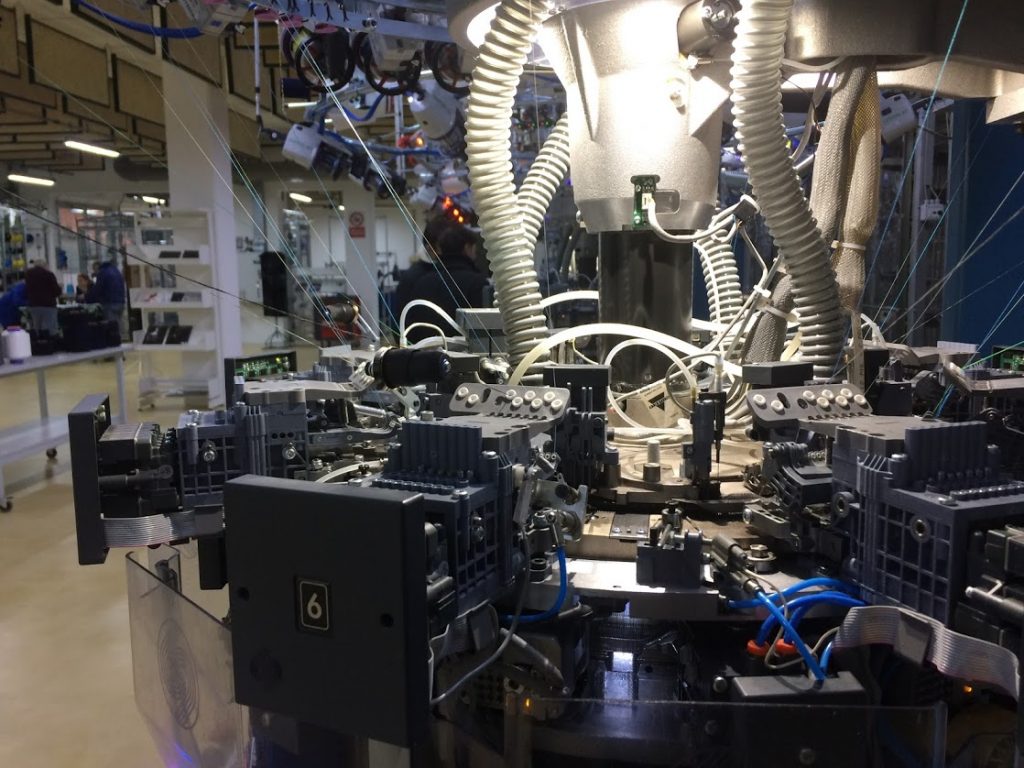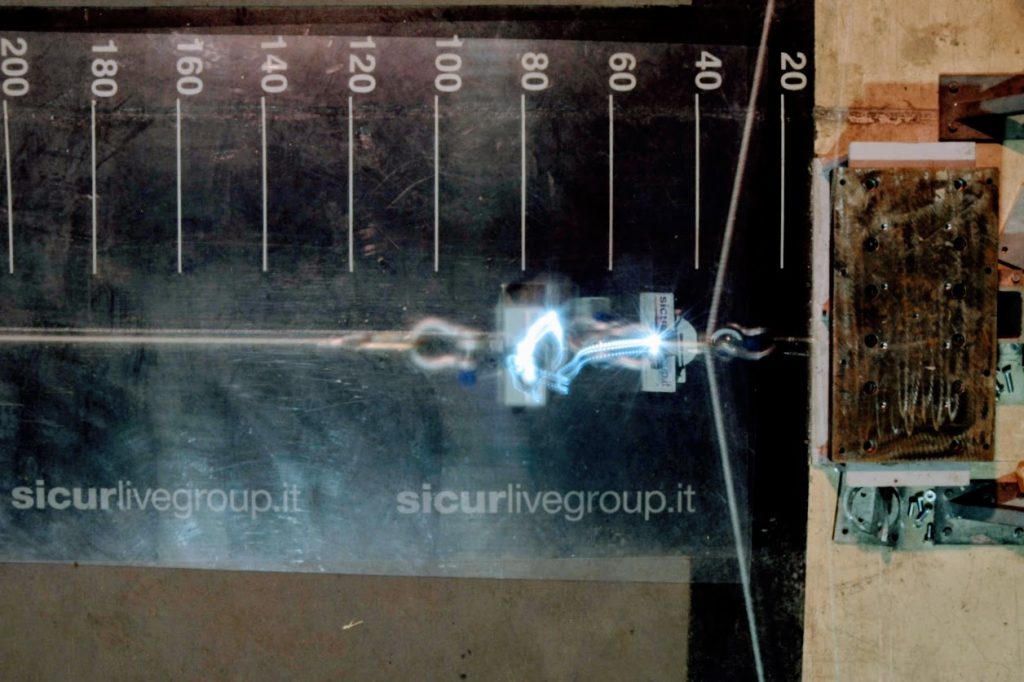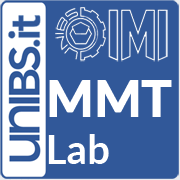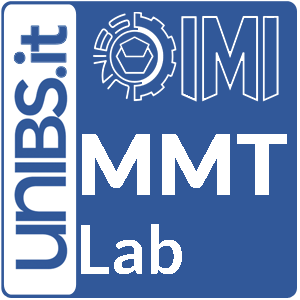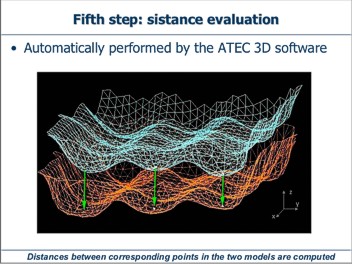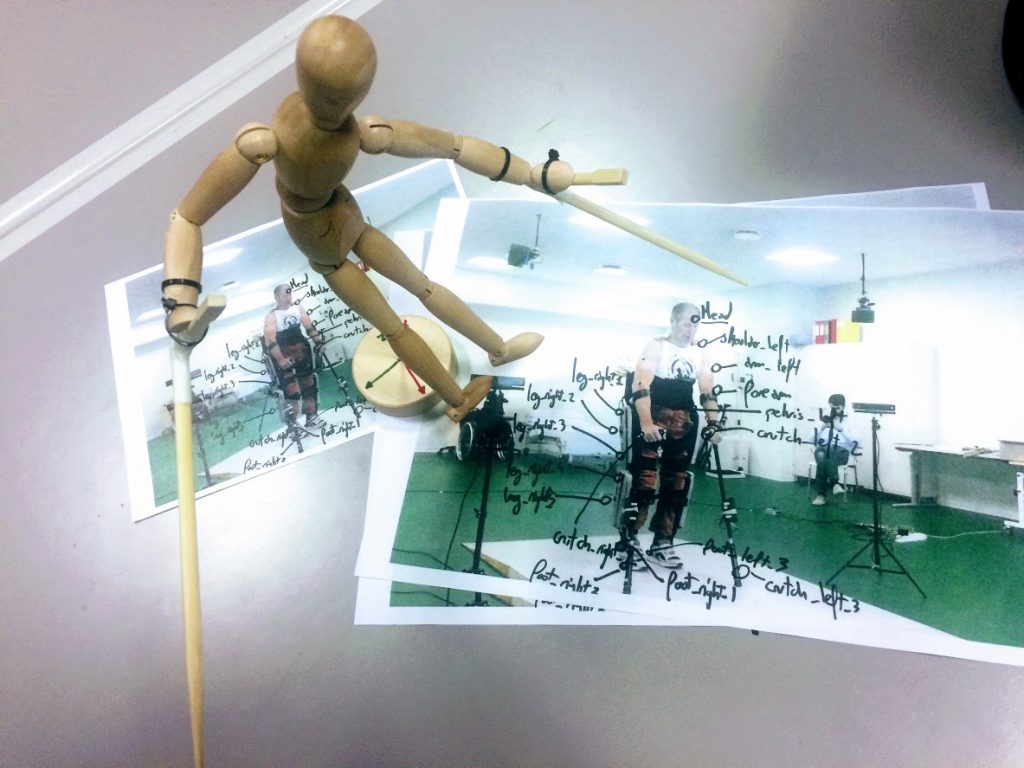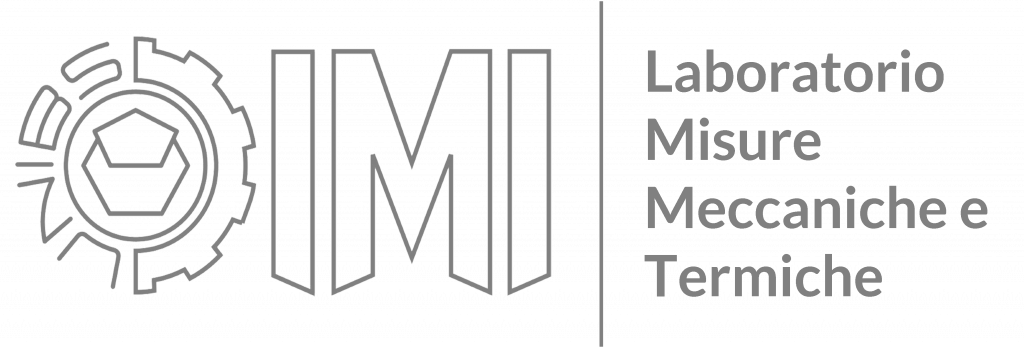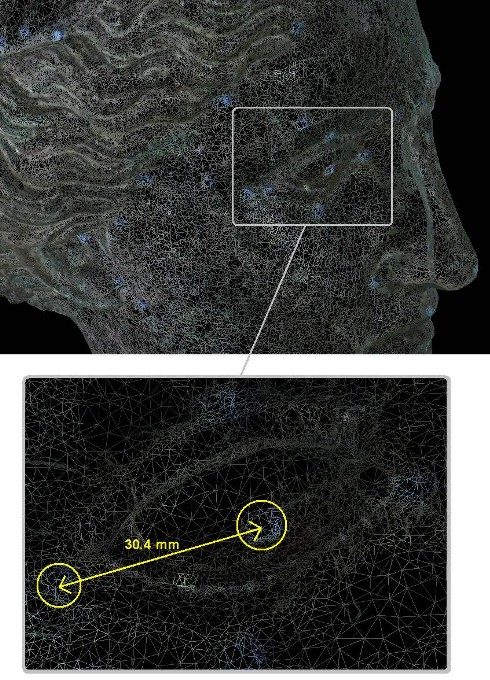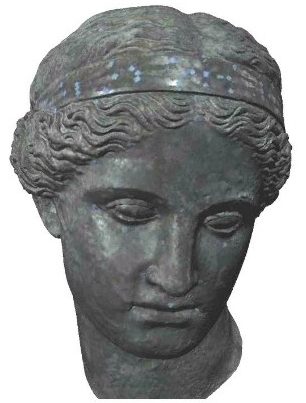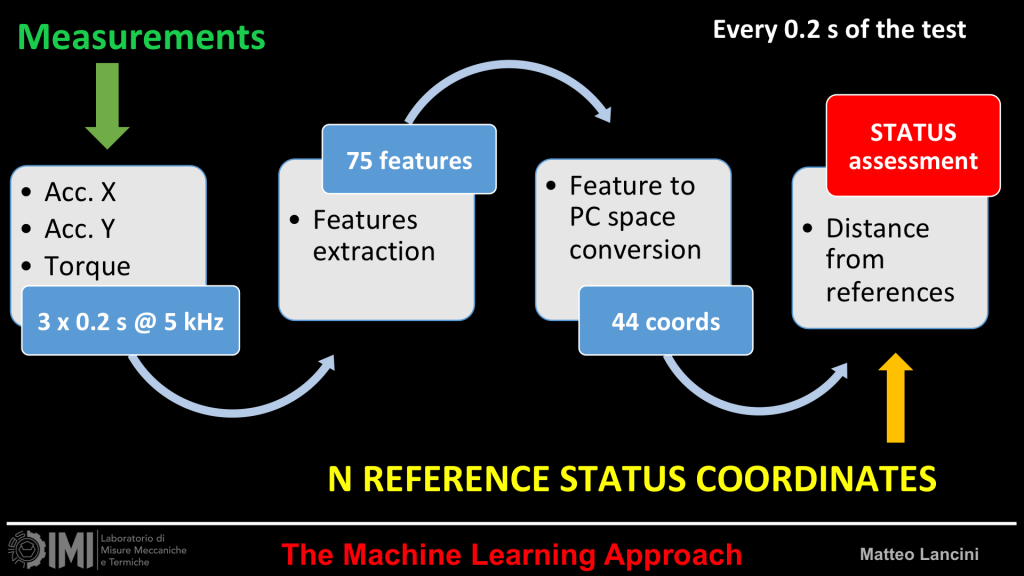
The natural commitment of the Laboratory to applied research and to cooperation with institutions led to the establishment of an agreement between the Comune of Brescia and the University of Brescia for the study and the 3D digitization of one of the symbols of the City, the statue named ‘Vittoria Alata’. This 2m-high, bronze statue is located at the Museo of Santa Giulia at Brescia.
The original motivation of the archaeologists was to measure with high accuracy the distances between pairs of fiduciary points, in order to determine the archetype of the statue, and to solve the problem of its collocation in the right temporal and spatial framework.
To obtain the statue proportions, the statue was completely acquired using OPL-3D; Multiview registration, meshing and modeling of the mesh resulted in the virtual copy of the statue. By means of rapid prototyping, different copyes varying in the reproduction scale have been developed.
The copy of the Winged Victory developed by the Laboratory staff represented the city of Brescia at the exhibition of the ANCI Conference, Brescia, 8-9 november 2007.
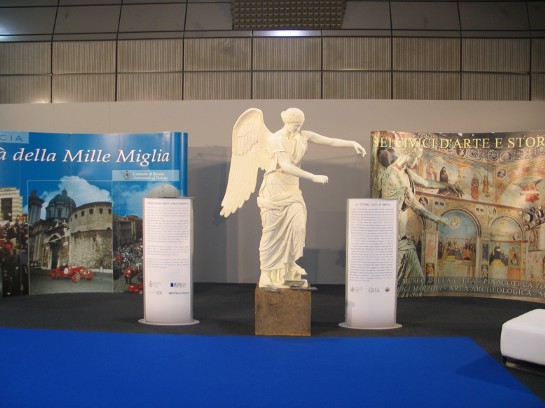
Relevant Publications
Sansoni, G.; Patrioli, A.; Docchio, F.; Morandini, F. “Rilievo tridimensionale della Vittoria mediante tecniche di misura non a contatto“, Nuove ricerche sul Capitolium di Brescia: scavi, studi e restauri, pp. 159-163. 2002
Sansoni, G.; Docchio, F.; Patrioli, A. “Il rilievo 3D di forme complesse: stato dell’arte, applicazioni e prospettive“, Atti del 7° Convegno Nazionale di Strumentazione e metodi di misura elettroottici, pp. 263-270. 2002
Sansoni, G.; Docchio, F. “A special case of 3-D optical measurements and reverse engineering for automotive applications: the Ferrari 250 Mille Miglia“, Proceedings of the 21st IEEE Instrumentation and Measurement Technology Conference, Vol. 2, pp. 1354-1359. 2004
Sansoni, G.; Docchio, F. “3-D optical measurements in the field of cultural heritage: the case of the Vittoria Alata of Brescia“, IEEE Transactions on Instrumentation and Measurement, Vol. 54, no. 1, pp. 359-368. 2005


